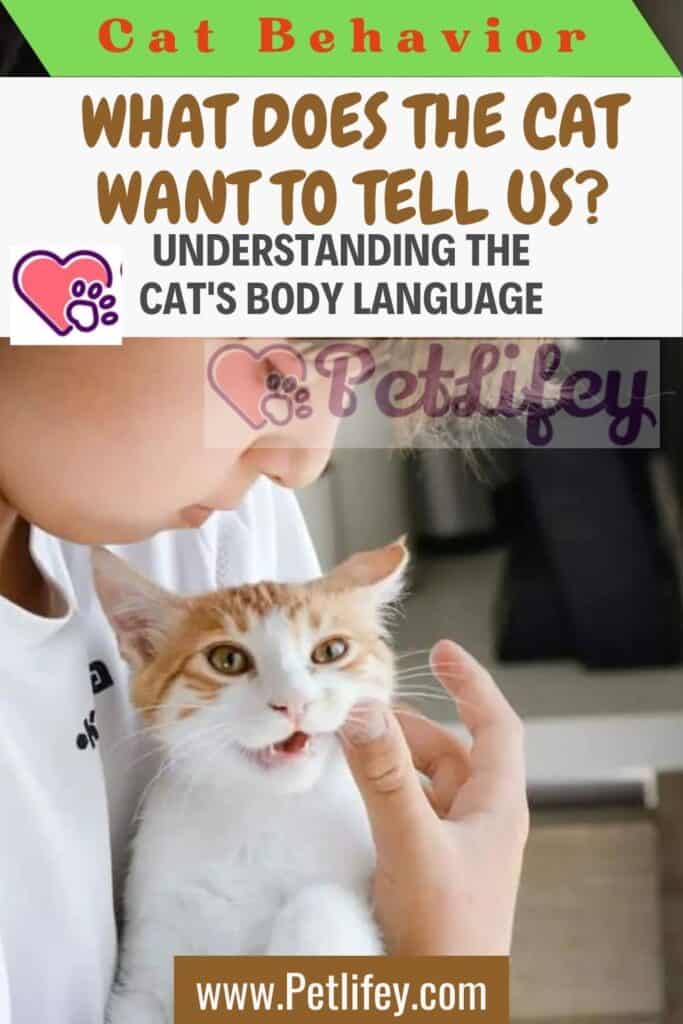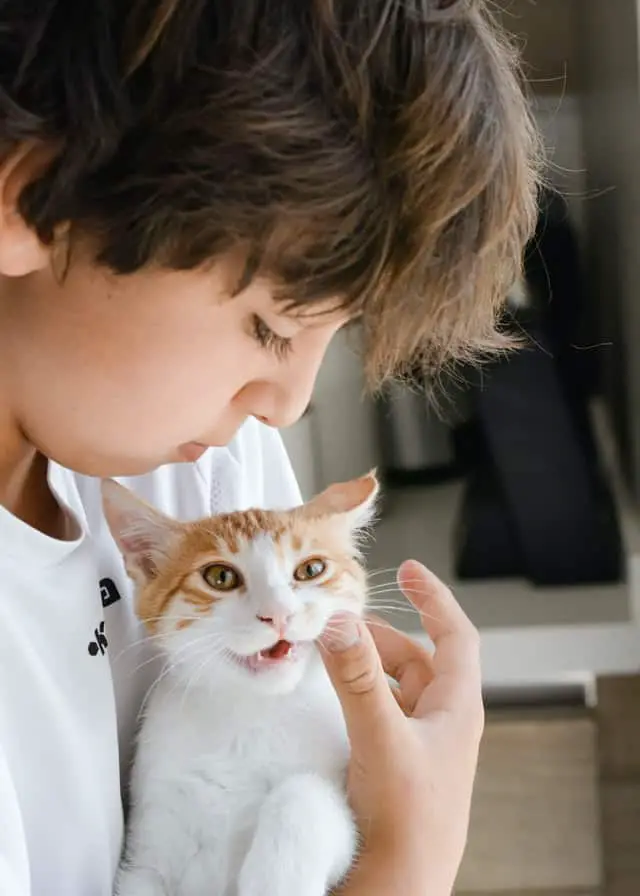
If we could translate what the cat means, it would probably be a much easier coexistence. It would take a nice cat / man dictionary, right? Finally he has arrived!
What if a translator could get our cat to speak in the human language? Science fiction, for now, but in the meantime we can have a laugh with this nice cat / man dictionary, which even if it is not exactly the best in reliability, will help us understand how our cat thinks about the world and about us humans. Behaviors, gestures, and much more, with the meaning given by our furry friends.
The feline dictionary

The connection we have with cats is so strong that they can almost read our minds, analyze our moods, and even change behavior according to our needs. Because the depth of our feelings for cats is powerful, it’s easy to project human ways of reasoning onto them. But let’s see what goes into their hairy little heads.
Training : Cats like dogs can also be trained, but it takes a fair reward. Humans will have to find a way to please cats during training, which is certainly different than dogs. Games and tricks like clapping, bringing something back, rolling around, are all to be bargained for at the right price.
Tail : keep the tail at rest if the cat is calm, if instead there is nervousness or irritation, wave the tail. Raise the tail vertically to show happiness, calm, or want to play. Hold the tail between the legs to show anxiety or fear.
Purr : they can indicate happiness as everyone already knows, but also tension or stress, fear, pain.
Jealousy : cats, being territorial, are jealous. Dogs have an alpha in the group, while cats have a more flexible hierarchical system, so they have the habit of exchanging toys, food, important places. But when those resources become scarce, cats become jealous . Humans should simply increase interesting places, to avoid such jealousy: more bowls, more litter boxes, more toys …
Toys : The cat / human dictionary certainly defines them as interesting, but when possible cats always prefer to play with a human.
Scratches : even if humans think that cats scratch furniture (and not only) for fun, in reality it is a precise need that comes from a primal instinct, to have pleasure and relief. A scratching post would be indispensable.
Independence : unlike what many believe, the cat is not an independent animal but an affectionate pet with which, however, we must interact to establish a relationship. Unlike the dog, if we don’t give the cat a lot of attention it will start ignoring us, because it starts to think that humans are not worth considering if they don’t play with it.
Loyalty : Once a cat is established in the house, it is very loyal. However, being very territorial, he does not follow the dog around and prefers to stay in his territory.
Boredom : Cats feel joy and sadness, the same way humans do, but they don’t feel bored. Being a predator, the cat is always on the alert and studies the situation for any news. Even when he looks out the window for a long time, he doesn’t really do it to pass the time, it’s his hunter spirit of him studying what to do.
Eyes : If the human stares the cat in the eye, end the staring contest with a slow wink to say “I love you”. Keep your eyes half closed in case they purr or cuddle. Open your eyes to the maximum and focus your gaze to show that you are ready for action!
Ears : In case the cat is over-stimulated, keep the ears pointing back to say that it is not the time to play, or if there is stress.
Anger : Cats get angry but don’t hold their snouts for long. A cat forced by a human to do something will surely get angry. It won’t be for long though, cats don’t have a sense of resentment.
Sense of Guilt : The cat does not feel guilt. When the human gives him a lecture and the cat has a sad look, it is not guilt but fear. This is because he does not know how to translate the anger of the human, in these moments.
Social : despite what humans sometimes think, the cat is not a solitary animal, on the contrary, it prefers company. Each cat has its own character, so cohabitation is not always simple. The same goes for the coexistence of cats and dogs.
Human Head : The best place to rest, as it is the hottest part of the body. Alternatively, you can choose the human’s laptop – always very hot – strictly if in use.
Humans: To cats, humans are almost huge cats, a little clumsy. Not necessarily actual cats, but beings similar to them to relate to: they rub against humans, communicate with their tails, and even try to lick them to wash them. The only difference: with other cats they do not meow, cats only meow to humans.






